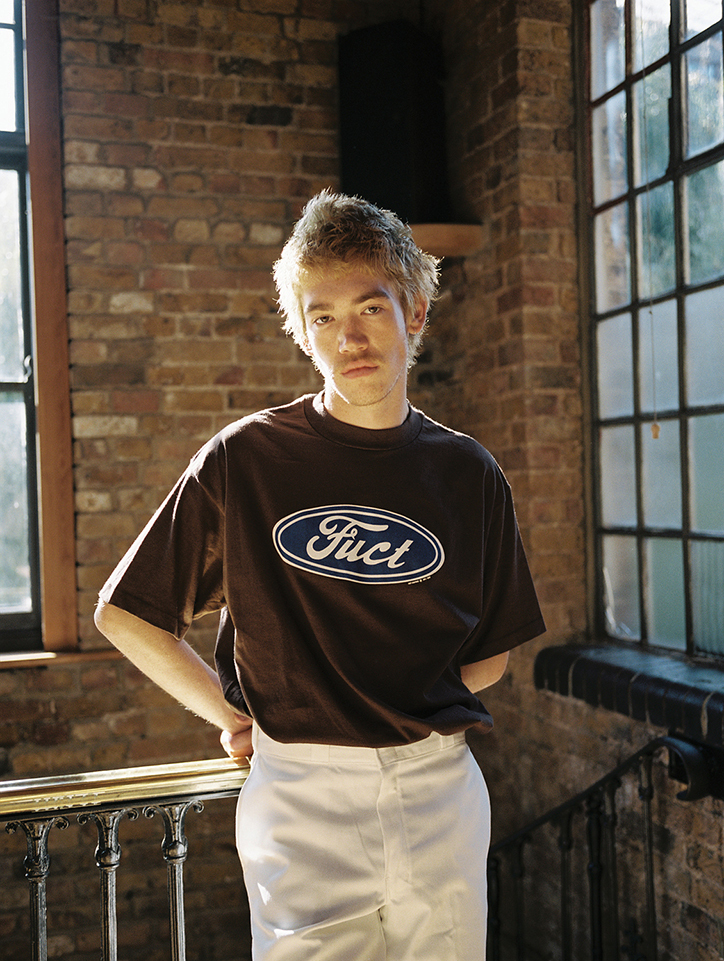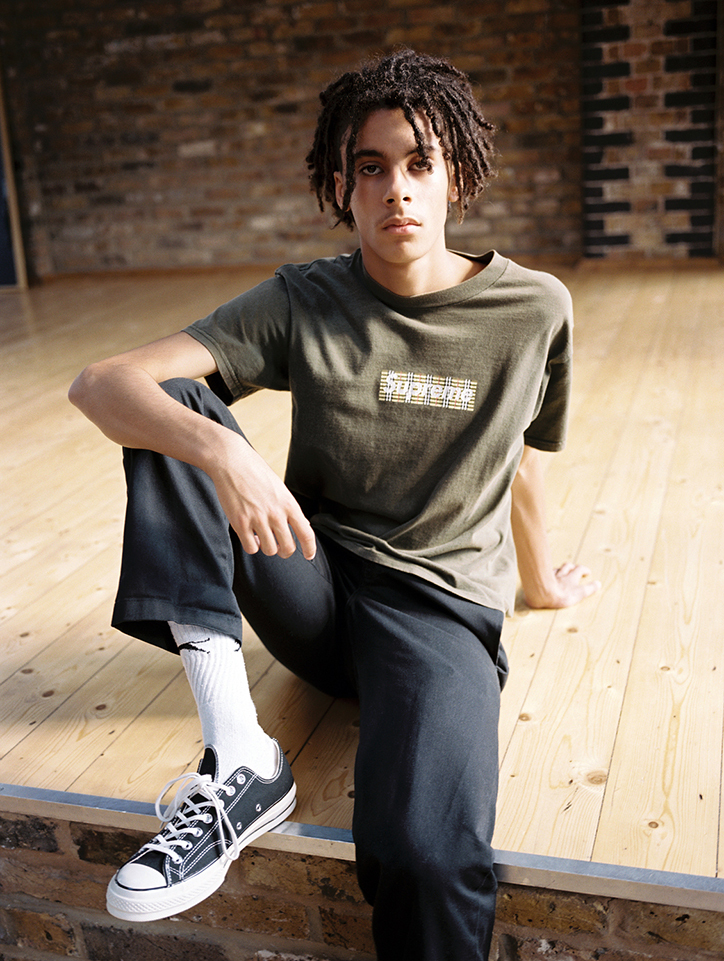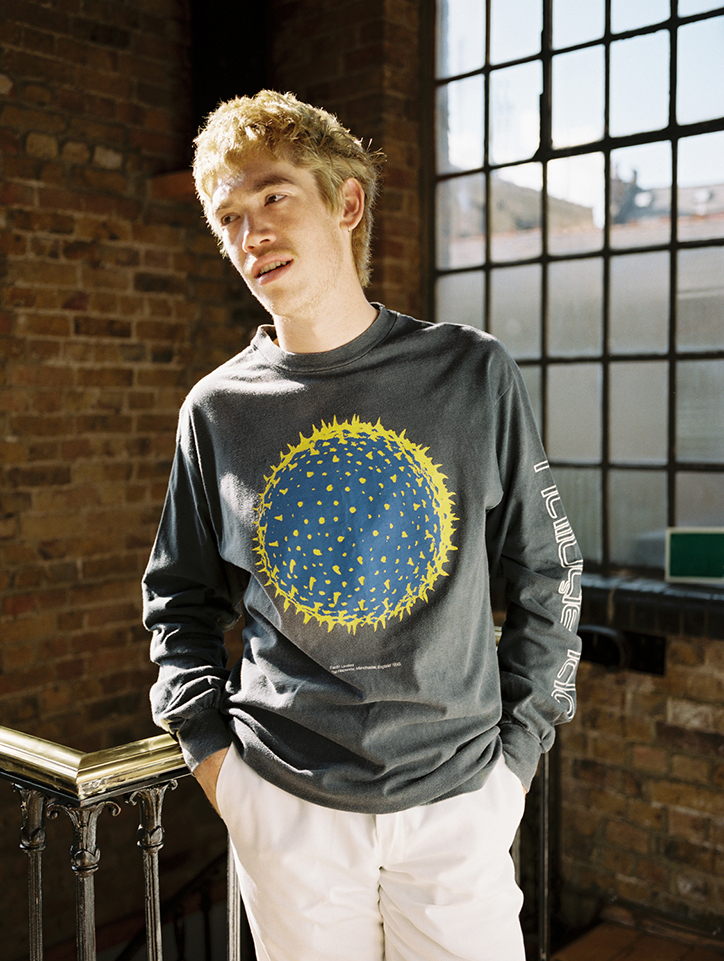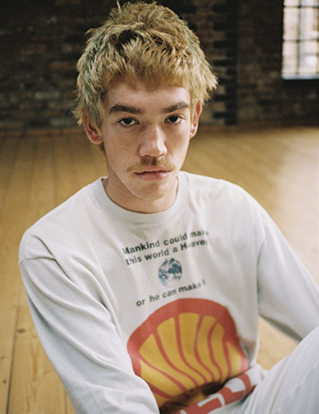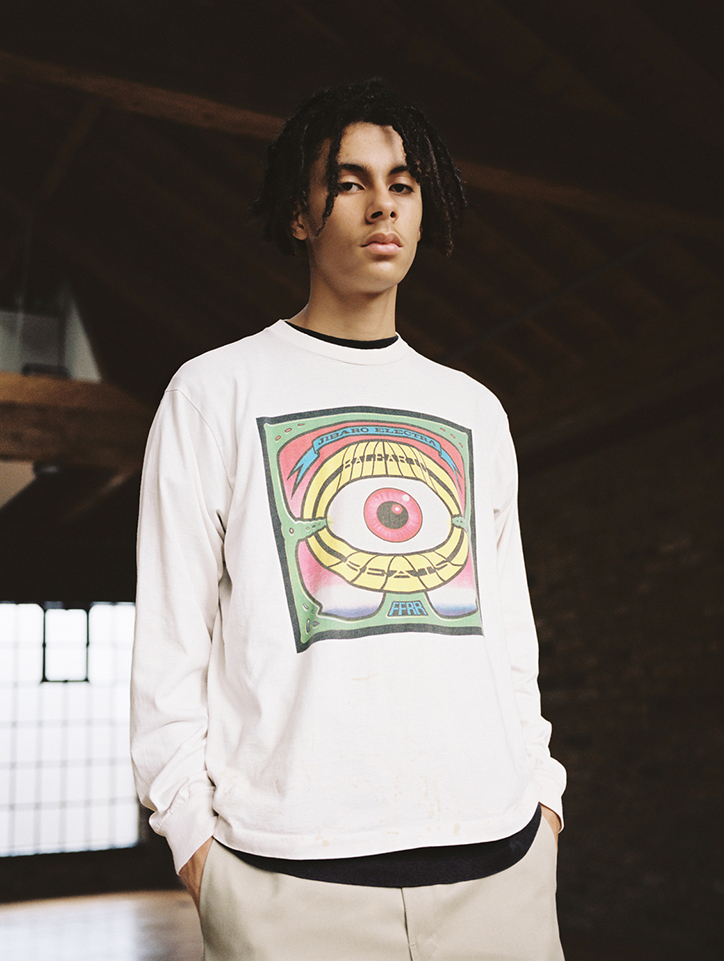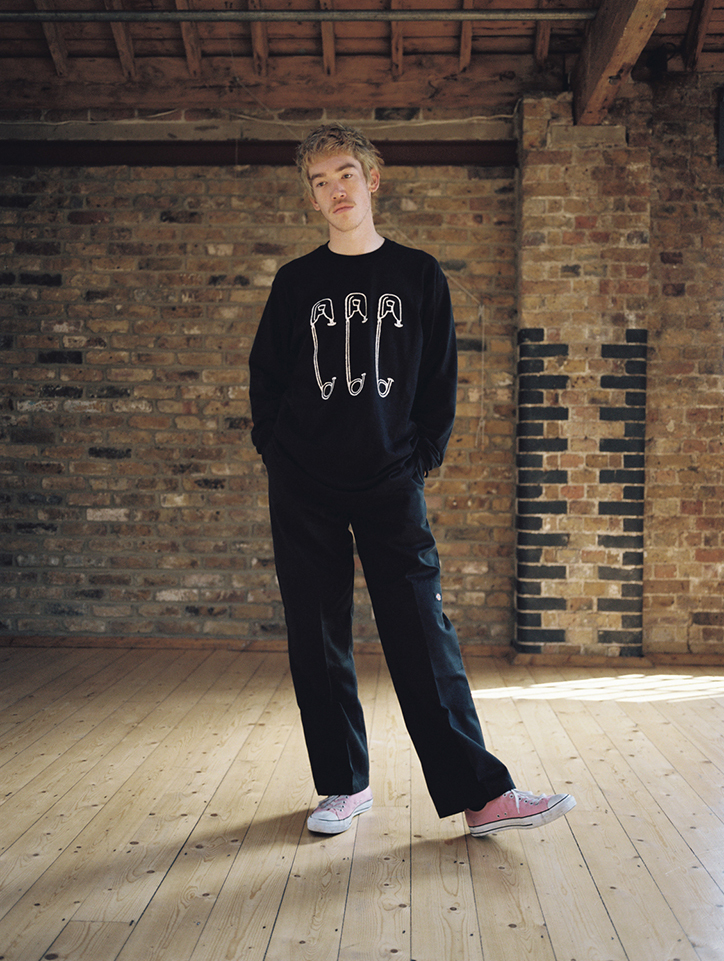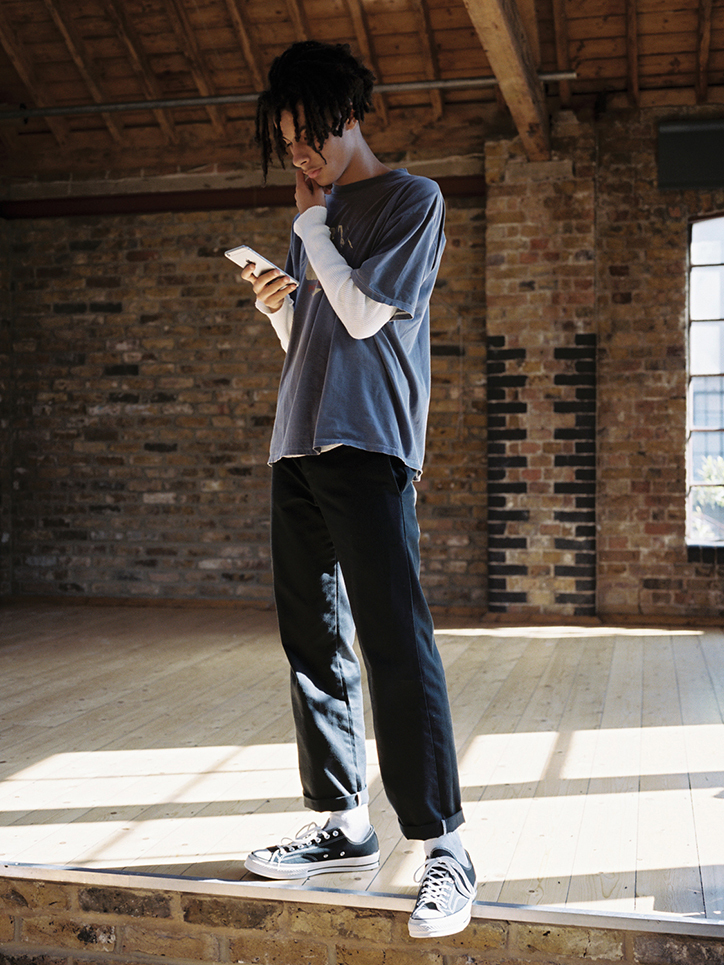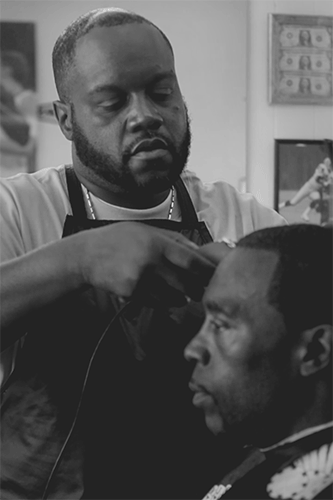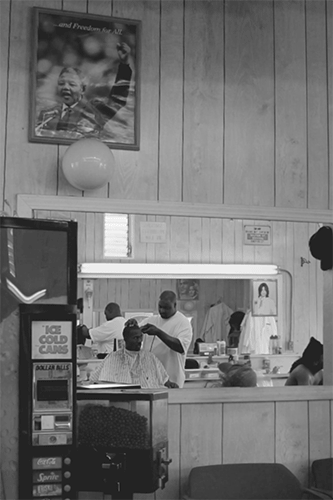T-shirts are at the core of every streetwear label, they execute the ethos of the brand and a reflection of society with subtleties and bold graphics all the while remaining understated thanks to the garment's casual style.
Ian Kenneth Bird, a skateboarder and photographer from London, along with British lifestyle shop The Goodhood Store are engrossed with influential T-shirt designs from the era before the internet: mid-1980s to 1999. They presented an in-store exhibition, now complete, called, "TSHIRTTHEN," which illustrated how graphic tees captured different trends and cultures. A book also chronicled the development of graphic tees then and now. Co-founder of GoodHood, Kyle Stewart says, "The T-shirt's ease of production has made it a vehicle for many different subcultural movements and I became fascinated with the period just before the internet-- it's like a forgotten land where art, bands and fashion don't exist unless they've been transferred to the digital age."
Bird photographed original T-shirts from labels like FUCT and Supreme for their ability to grasp icons of the era and mold them into unique messages representative of each brand. Shirts older than the models wearing them prove how timeless elements of streetwear are. Enjoy the visuals by Ian Kenneth Bird for "TSHIRTTHEN".

